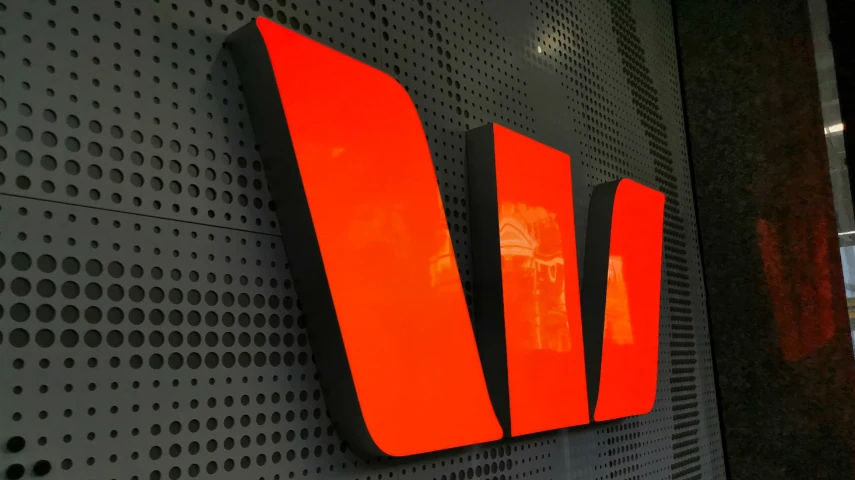Westpac adjusts rate cut expectations to May



Westpac has delayed its rate cut forecast, aligning with its peer NAB’s outlook on the likely trajectory for the Reserve Bank of Australia’s cash rate.
On Thursday, the major bank announced it has pushed back the anticipated start of the rate-cutting cycle from February to May. This adjustment follows the latest Reserve Bank minutes, which indicated that the balance of probabilities has shifted.
“The minutes of the RBA board meetings often provide important colour about the board’s deliberations, going beyond what is already covered in communications immediately after the meeting,” said Westpac’s chief economist Luci Ellis.
“While the post-meeting communication was still broadly in line with our earlier expectation, subsequent public appearances and the minutes now suggest that the balance of probabilities has shifted.”
Ellis pointed to the recent surge in consumer sentiment and the ongoing resilience in the labour market as key factors that have likely delayed the start of rate cuts.
According to Ellis, Westpac now expects the first cuts to be front-loaded, with consecutive reductions in late May and early July. The bank forecasts the terminal rate to reach 3.35 per cent by the end of 2025.
However, Ellis said that an earlier start, in February or March, remains a possibility, though it is “no longer more likely than a May start date”.
“A later start date is also a risk scenario, if inflation does not decline as the RBA is currently forecasting, let alone our own marginally more dovish expectation. That said, the longer the RBA board waits, the faster they will need to move thereafter, as it would then be more likely that they have hesitated too long,” she said.
Ellis also noted signals from the central bank’s communication saying it is “more comfortable” with the later start embedded in market pricing. Current market expectations anticipate the first rate cut in August next year.
Earlier this month, RBA governor Michele Bullock said that while market expectations for a gradual easing of policy starting mid-2025 don’t align with the bank’s official forecast, they closely reflect its outlook.
“We are not, at the moment, in a position where we can sustainably say inflation is going to be back in the [target] band, and we want to be more convinced of that,” Bullock said.
“I think what the market is reflecting is that they understand that point of view, and the risks are balanced.”
Moreover, Ellis raised concerns about the RBA’s inflation forecasts on Thursday, suggesting that its assumption of consumption growth picking up as inflation declines is overly optimistic. She also questioned whether the RBA’s assessment of full employment might be too hawkish.
Earlier this month, NAB became the first big four bank to push out its rate cut forecast to May 2025.
On the back of the unemployment print – which revealed a steady rate of 4.1 per cent in October with employment moderating at 16,000 – NAB said May was a more likely scenario for the start of the rate-cutting cycle.
“Inflation data shows some persistent pressure across components sensitive to domestic demand and labour costs,” the bank said at the time.
“Combined with the resilience evident in recent labour market data, we think the RBA would need to be concerned about sharper weakening in the labour market to decide to cut as soon as February, with May being more likely.”
CBA unsure, but sticking to original forecast
Earlier this week, CBA said the RBA minutes have left the bank “unsure” of the central bank’s “reaction function to commence the process of normalising the cash rate”.
Despite this, CBA said it will stick to its base case for a first 25 bp interest rate cut in February 2025.
“The December 2024 board meeting is not ‘live’. As such, the risk to our call clearly sits with a later start to the easing cycle,” said the bank’s head of Australian economics, Gareth Aird.
“In particular, we think that the RBA will be more willing to leave policy on hold for an extended period if the unemployment rate has not moved much higher over the next three to six months.”
Despite uncertainty over the timing of the first interest rate cut, CBA’s base case for the cash rate looks for 100 bp of easing over 2025, taking the end year cash rate to 3.35 per cent.
Aird said that fiscal policy is the key source of uncertainty, particularly given the federal election will likely be held in May next year.
“An easing of fiscal policy would result in less monetary policy easing, all else equal,” he said.
Recommended for you
Advice licensee Centrepoint Alliance has entered an agreement to acquire the comprehensive financial advice book of the super fund’s subsidiary firm.
A coalition of industry groups including the SMSF Association is demanding the government and the opposition “immediately and unequivocally rule out any move to tax unrealised investment gains in any part of the tax system”.
AMP’s new chair has used his inaugural AGM address to call for policy reform on the “decumulation” phase of superannuation and position AMP as a key player in addressing the challenge.
Reserve Bank governor Michele Bullock has quashed hopes of an out-of-schedule rate cut, telling an event in Sydney that it remains too early to determine the trajectory of interest rates as the RBA grapples with growing global economic volatility.












